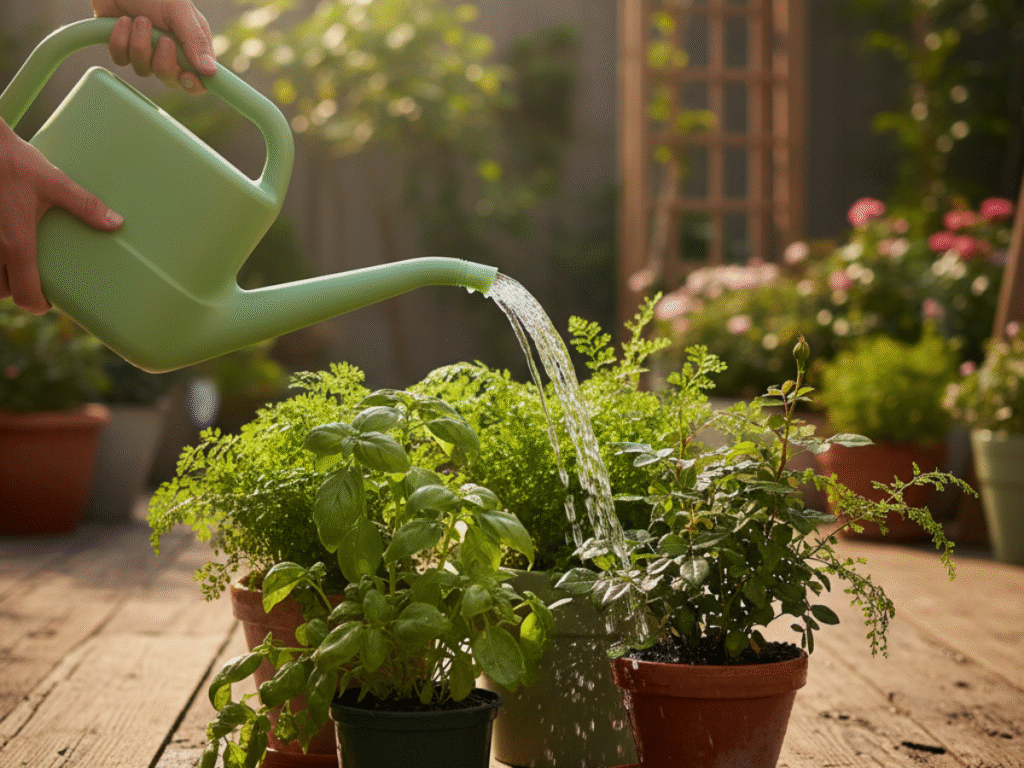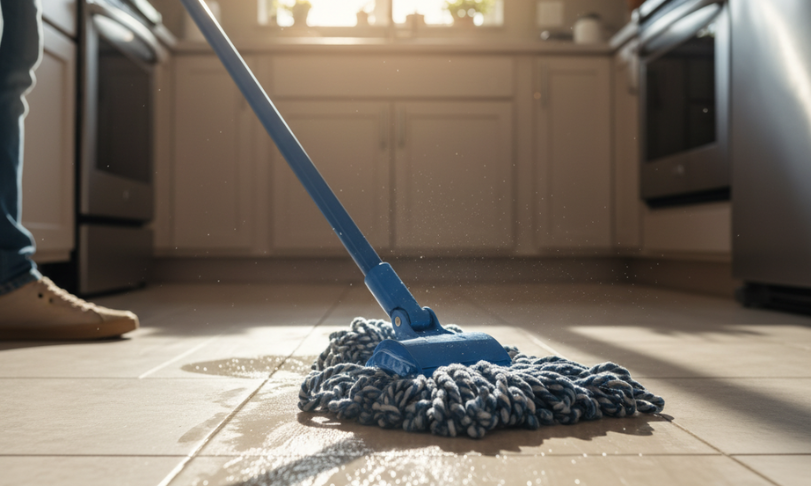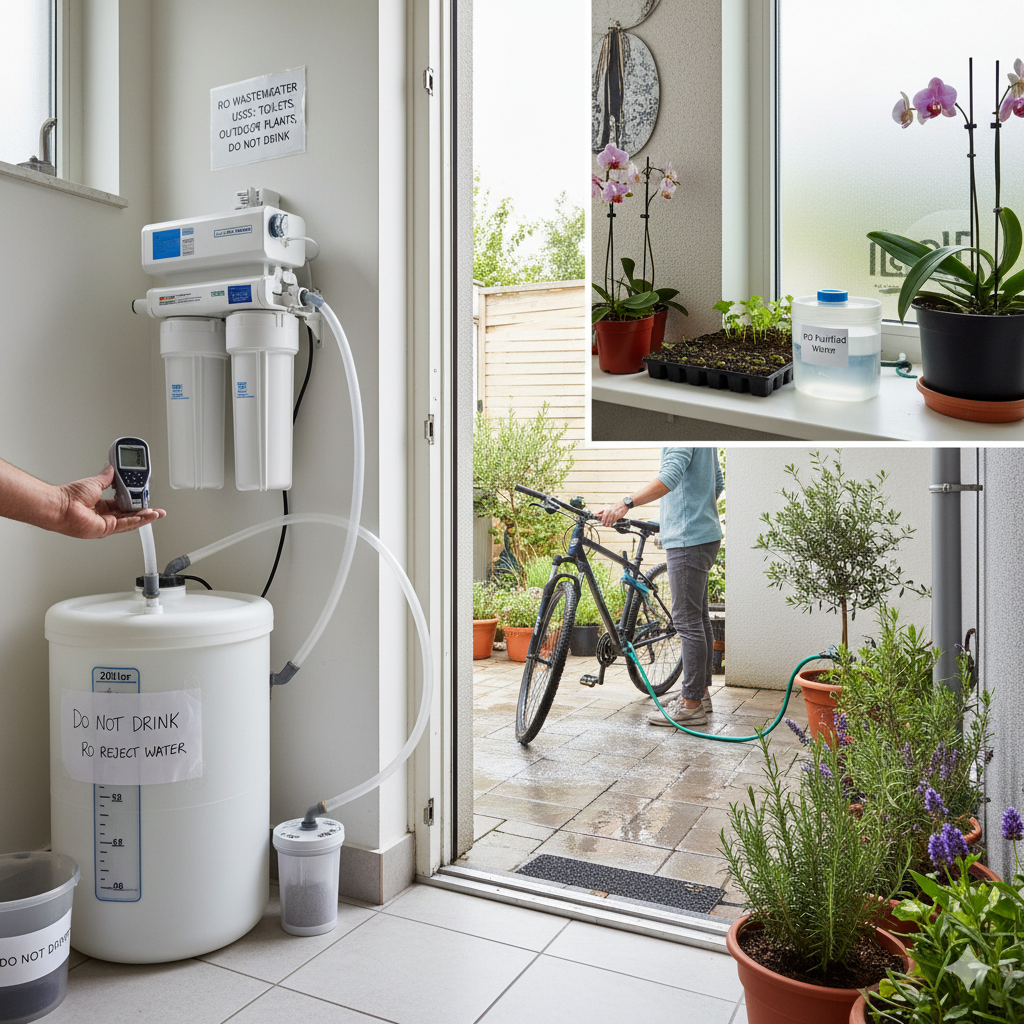Frequently Asked Questions
1. Can RO waste water be used for anything?
Yes, absolutely! RO waste water can be used for many useful household and outdoor purposes instead of being thrown away. While it’s not safe for drinking or cooking, it’s perfect for non-potable tasks such as flushing toilets, cleaning floors, washing vehicles, watering gardens, or even for certain construction works like curing concrete. This reject water still contains minerals and salts but can serve well for daily cleaning and maintenance jobs. By exploring smart RO waste water uses, you can conserve water, lower your utility bills, and contribute to sustainable living.
2. How can we use waste water from RO plants?
There are several practical and eco-friendly ways to reuse the waste water from RO plants. Depending on its quality, you can: Collect it in a storage tank and use it for toilet flushing or floor cleaning. Use it for washing cars, bikes, and garden tools. Direct it for landscape or non-edible plant irrigation. Use it in construction activities such as mixing cement or curing concrete. In larger setups, it can even be reused for cooling systems or industrial cleaning after proper filtration. Before applying these RO waste water uses, check the Total Dissolved Solids (TDS) and pH levels to ensure it’s suitable for the task.
3. Can we use RO waste water for washing clothes?
Yes, you can use RO waste water for washing clothes, but with a few precautions. The reject water from an RO system often contains higher salt and mineral concentrations. This means it’s fine for pre-rinsing or soaking tough fabrics, but not ideal for delicate or light-colored clothes. Here’s a simple tip: 👉 Use RO waste water in the first rinse or soak cycle, and clean water for the final rinse. This way, you make the most of RO waste water uses while protecting your clothes and washing machine from scaling or deposits.
4. Is RO waste water harmful?
Not necessarily — RO waste water is not harmful, but it’s not suitable for drinking or cooking. It contains concentrated salts, minerals, and sometimes traces of chlorine or fluoride, depending on your feed water. In most cases, it’s safe for external and cleaning purposes like flushing, washing vehicles, or watering hardy plants. However, for sensitive plants, fabrics, or food preparation, avoid using it directly. In short, RO waste water isn’t dangerous, but it must be used wisely. When you understand its composition and match it with the right RO waste water uses, it becomes a valuable resource rather than a waste.





